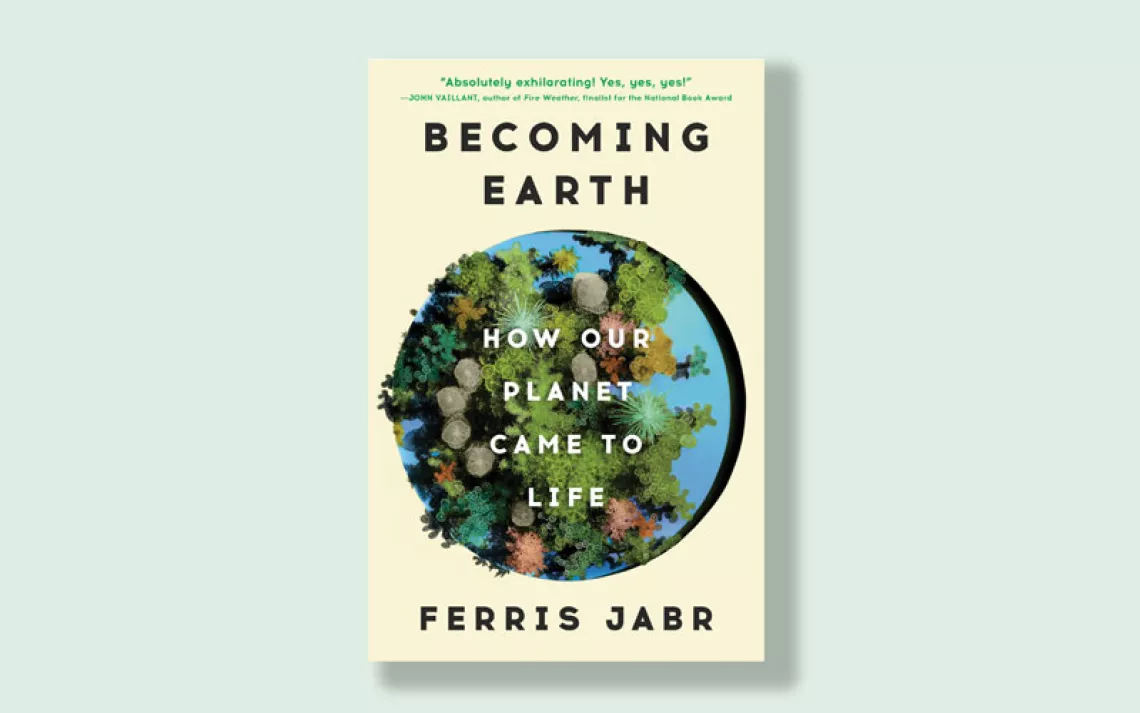What Sparked the Megafauna Extinctions?
Ross D.E. MacPhee's new book tries to answer an ancient puzzle

W.W. Norton & Company, 2018
Once upon a time, the world was full of fantastic beasts. The American grasslands were dotted with camels, ground sloths, and mammoths. Short-faced bears, dire wolves, and saber-toothed cats kept the grazers in check. In Australia, the giant short-faced kangaroo was three times larger than any kangaroo found on the continent today. On the island of Malta lived dwarf hippos and dwarf elephants that were no bigger than ponies.
Then, starting about 50,000 years ago, this bestiary began to disappear. Paleontologists have hotly debated the causes of what are called the late Quaternary extinctions. Did a shift in the climate drive species into the void? Or was it primates armed with fire and spears that drove hosts of animals into an eternal grave?
In End of the Megafauna: The Fate of the World's Hugest, Fiercest, and Strangest Animals (W.W. Norton & Company, 2018), Ross D.E. MacPhee, a researcher at the American Museum of Natural History, details the competing theories. While MacPhee believes the idea of human "overkill" to be overstated, he also points out the weaknesses of the climate-as-destiny hypothesis. Chances are, climatic changes pushed slow-breeding species to the brink, then human hunters delivered the final, lethal shove.
MacPhee writes with the stolid prose of a scientist, leaving it to illustrator Peter Schouten to bring the subject to life. Schouten's Pleistocene paintings are utterly absorbing and alone are worth the book's price. Schouten uses imaginative details⎯like a giant Irish deer's epic antlers hung with moss⎯and juxtapositions of extinct species with extant ones to make this lost world seem familiar. The paintings ring with recognition: Maybe our myths spring from primal memories of the animals that accompanied our forebears on the first stages of the human journey.
This article appeared in the March/April 2019 edition with the headline "Disappearing Act."
 The Magazine of The Sierra Club
The Magazine of The Sierra Club



